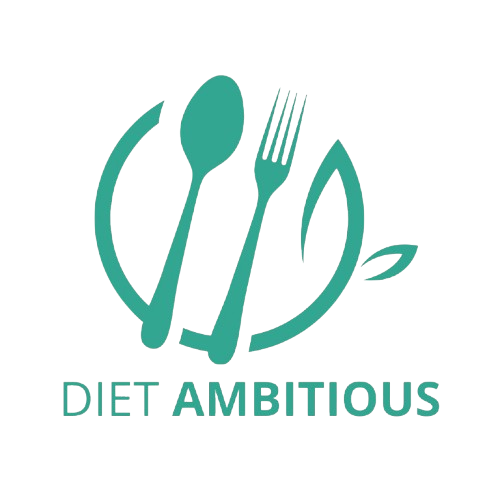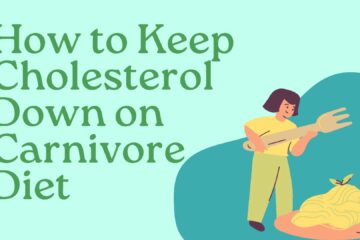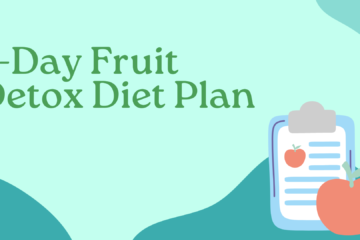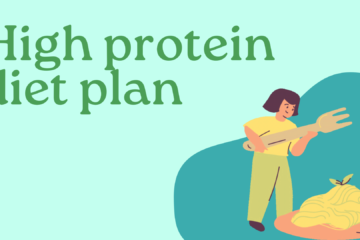Getting your wisdom teeth removed? Whether you’re fresh out of the dentist’s chair or preparing for the big day, one of the most important parts of healing is watching what you eat. Your mouth needs some serious TLC after surgery, and your food choices can either help or hurt that process.
Table of Contents
So, let’s talk about the best foods to eat (and what to skip) after wisdom teeth removal. Don’t worry — it’s not all soup and smoothies!
Why Your Diet Matters After Wisdom Teeth Removal
After your wisdom teeth come out, your gums and jaw will be sore and healing. Eating the wrong foods (especially too soon) can lead to complications like dry socket, infections, or delayed healing. The goal is to eat foods that:
- Don’t require chewing
- Won’t irritate the surgical site
- Are easy to swallow
- Keep you nourished and hydrated
It’s all about soft, gentle textures and avoiding anything that might get stuck in your sockets or cause unnecessary pressure.
What to Eat Right After Surgery
For the first 24 to 48 hours, you’ll want to stick with very soft or liquid foods. Think smooth, creamy, and chill (literally and figuratively).
Best Foods for the First Day or Two
- Applesauce – smooth and easy to swallow
- Smoothies (no seeds or chunks!) – a great way to get fruits and nutrients
- Greek yogurt – soft and packed with protein
- Mashed potatoes – warm, comforting, and filling
- Cold soups like gazpacho – avoid hot soups early on
- Ice cream or frozen yogurt – soothing for your sore mouth
- Broth – hydrating and easy to sip
- Jell-O and pudding – soft, no chewing needed
Pro tip: Avoid using a straw for at least a few days — the suction can dislodge your blood clot and cause a painful dry socket.

Gradually Introducing More Solid Foods
After the first couple of days, once the swelling starts to go down and you’re not in as much pain, you can start introducing soft, slightly more textured foods.
Good Foods for Days 3–7
- Oatmeal – soft and filling (let it cool first)
- Scrambled eggs – gentle and protein-rich
- Soft-cooked pasta – like overcooked mac & cheese
- Well-cooked rice or risotto – just make sure it’s not too sticky
- Soft fish – like tilapia or salmon, broken into tiny bites
- Avocado – smooth, healthy fats, and easy to mash
Eat slowly and chew with the front of your mouth. Still no crunchy, hard, or chewy foods yet!
What Not to Eat After Wisdom Teeth Removal
Even if you’re craving your usual snacks, there are a few foods that should stay off your plate for at least a week or so — or until your dentist gives you the green light.
Foods to Avoid
- Crunchy foods – chips, popcorn, nuts, raw veggies
- Sticky foods – caramels, taffy, chewing gum
- Hard-to-chew foods – steak, jerky, crusty bread
- Spicy foods – can irritate the healing area
- Acidic foods and drinks – citrus juice, tomatoes, soda
- Small grainy foods – rice, quinoa, seeds (they can get stuck in the extraction sites)
- Hot beverages – tea or coffee that’s too hot can dissolve the blood clot prematurely
And again — no straws! They’re one of the biggest culprits behind dry socket.
Hydration Is Key
You might not feel like drinking much right after surgery, but staying hydrated is just as important as eating the right foods. Water is best. Sip gently and consistently throughout the day.
Avoid:
- Alcohol (it can thin your blood and slow healing)
- Caffeinated drinks (can dehydrate you)
- Carbonated drinks (can irritate the surgical sites)
A Simple 3-Day Post-Op Meal Plan
Day 1
- Breakfast: Applesauce + cool herbal tea
- Lunch: Mashed potatoes + broth
- Snack: Pudding or Jell-O
- Dinner: Smoothie (with banana, protein powder, no seeds)
Day 2
- Breakfast: Greek yogurt
- Lunch: Creamy soup + mashed avocado
- Snack: Ice cream (no toppings)
- Dinner: Mashed sweet potatoes + soft scrambled eggs
Day 3
- Breakfast: Oatmeal (lukewarm)
- Lunch: Overcooked pasta with soft veggies
- Snack: Cottage cheese
- Dinner: Soft white fish + mashed cauliflower
Final Thoughts
The wisdom tooth recovery diet isn’t forever — it just feels that way for the first few days. Stick with soft, gentle foods, skip anything crunchy or chewy, and give your body time to heal. Within a week or so, you’ll likely be back to your regular eating habits.
Take it easy, listen to your body (and your dentist), and you’ll be sipping that coffee or biting into your favorite sandwich again soon — just not quite yet.




